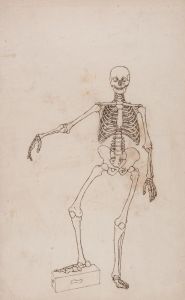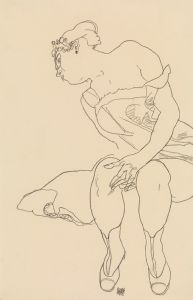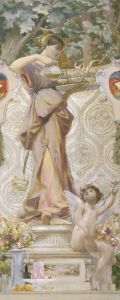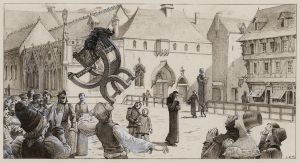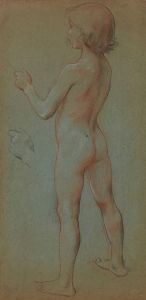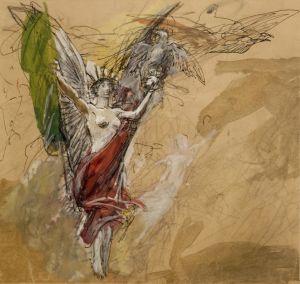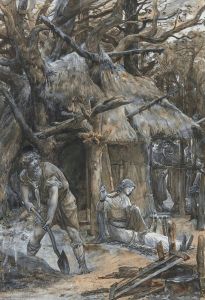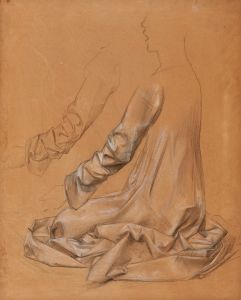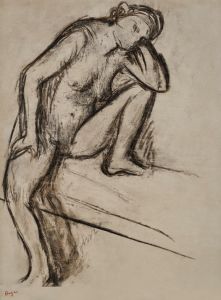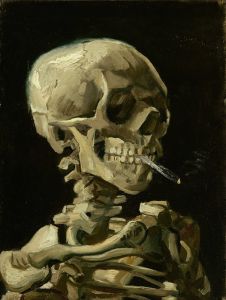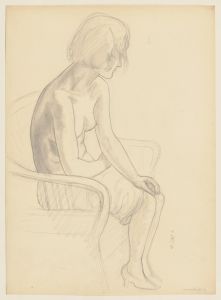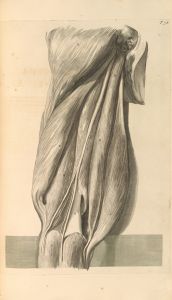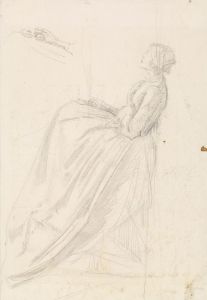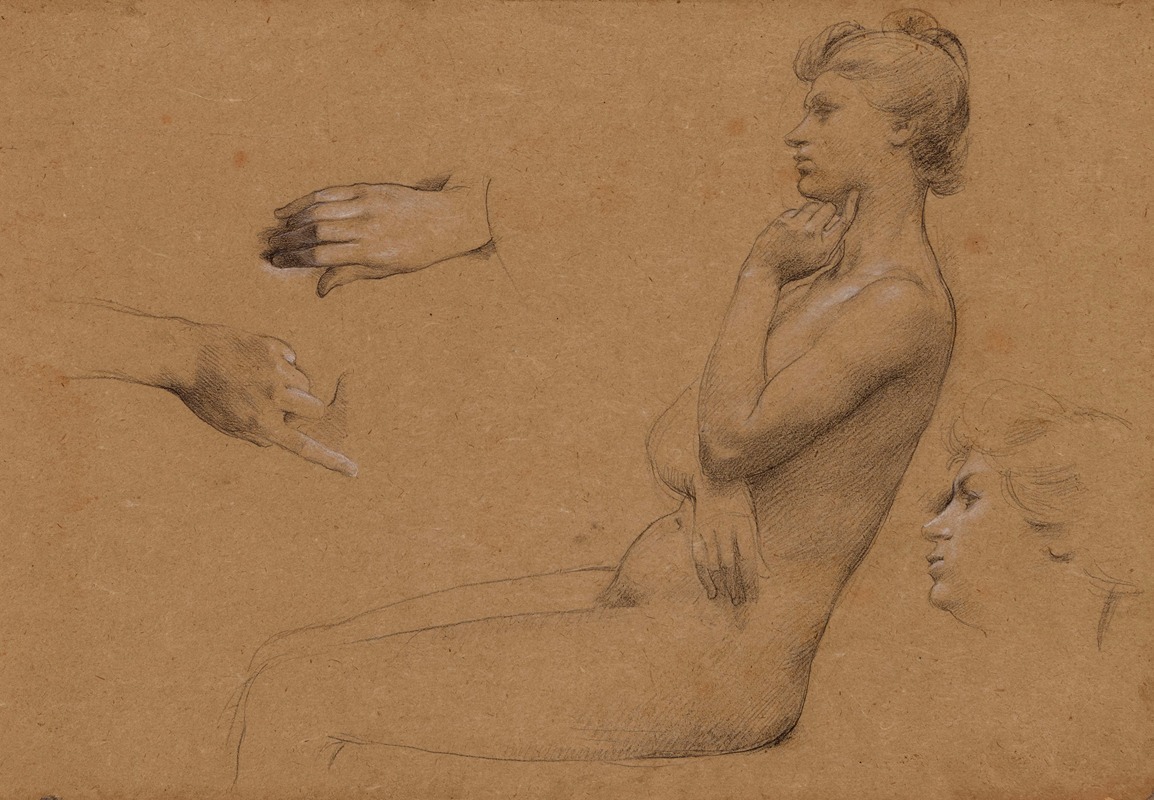
Nu de femme assise, et étude de mains et de visage
A hand-painted replica of Luc-Olivier Merson’s masterpiece Nu de femme assise, et étude de mains et de visage, meticulously crafted by professional artists to capture the true essence of the original. Each piece is created with museum-quality canvas and rare mineral pigments, carefully painted by experienced artists with delicate brushstrokes and rich, layered colors to perfectly recreate the texture of the original artwork. Unlike machine-printed reproductions, this hand-painted version brings the painting to life, infused with the artist’s emotions and skill in every stroke. Whether for personal collection or home decoration, it instantly elevates the artistic atmosphere of any space.
Luc-Olivier Merson was a notable French painter and illustrator, recognized for his contributions to the Symbolist movement in the late 19th and early 20th centuries. His work often featured mythological and allegorical themes, and he was known for his meticulous attention to detail and his ability to convey complex narratives through his art. Among his various works, "Nu de femme assise, et étude de mains et de visage" stands out as an example of his skill in figure drawing and study.
"Nu de femme assise, et étude de mains et de visage" translates to "Nude of a Seated Woman, and Study of Hands and Face." This piece is a study drawing, which suggests that it was likely intended as a preparatory work rather than a finished painting. Such studies were common practice for artists of Merson's time, as they allowed them to explore form, anatomy, and composition before committing to a larger, more detailed work.
The drawing features a nude woman seated, with particular attention given to the rendering of her form and posture. The study of hands and face included in the same work indicates Merson's focus on capturing the subtleties of human anatomy and expression. These elements are crucial in understanding the artist's process and his dedication to achieving lifelike representations in his art.
Merson's training at the École des Beaux-Arts in Paris under the tutelage of artists like Isidore Pils and Gustave Moreau would have provided him with a strong foundation in classical techniques, which is evident in the precision and skill displayed in this study. His works often reflect the influence of his academic background, characterized by a blend of realism and idealism.
Throughout his career, Merson received numerous accolades, including the prestigious Prix de Rome in 1869, which allowed him to study in Italy. This experience further enriched his artistic style, as he was exposed to the masterpieces of the Renaissance and the classical antiquities that would influence his later works.
While "Nu de femme assise, et étude de mains et de visage" may not be as widely recognized as some of Merson's other works, such as his illustrations for Victor Hugo's "Notre-Dame de Paris" or his design for the French 100 Franc banknote, it remains a testament to his skill as a draftsman. The study exemplifies his ability to capture the human form with grace and precision, a skill that was highly valued in both academic and commercial art circles of his time.
Merson's contributions to art extended beyond painting and illustration; he was also involved in designing stained glass windows and theatrical sets, showcasing his versatility as an artist. His work was celebrated during his lifetime, and he was appointed a member of the Académie des Beaux-Arts in 1906, further cementing his legacy in the French art world.
In summary, "Nu de femme assise, et étude de mains et de visage" is a fine example of Luc-Olivier Merson's expertise in figure drawing and his commitment to the study of human anatomy. It reflects the academic rigor and artistic sensitivity that defined his career, contributing to his reputation as a distinguished figure in the Symbolist movement.





